According to Mr. Son, at around 4 p.m. on October 8, a foreign tourist staying at the Six Senses Con Dao hotel suddenly discovered a large sea creature swimming near the shore. The tourist used his phone to record it and called other tourists and hotel staff to witness it. Experienced people determined that this was a Dugong swimming leisurely in the clear blue water.
Mr. Son said that this is not the first time Dugongs have been recorded in Con Dao. In recent years, especially since the beginning of 2025, Dugongs have appeared more and more frequently, mainly in the Con Son Bay and Ben Dam Bay areas. According to statistics from Con Dao National Park, there are currently about 12 Dugongs living stably in this sea area.
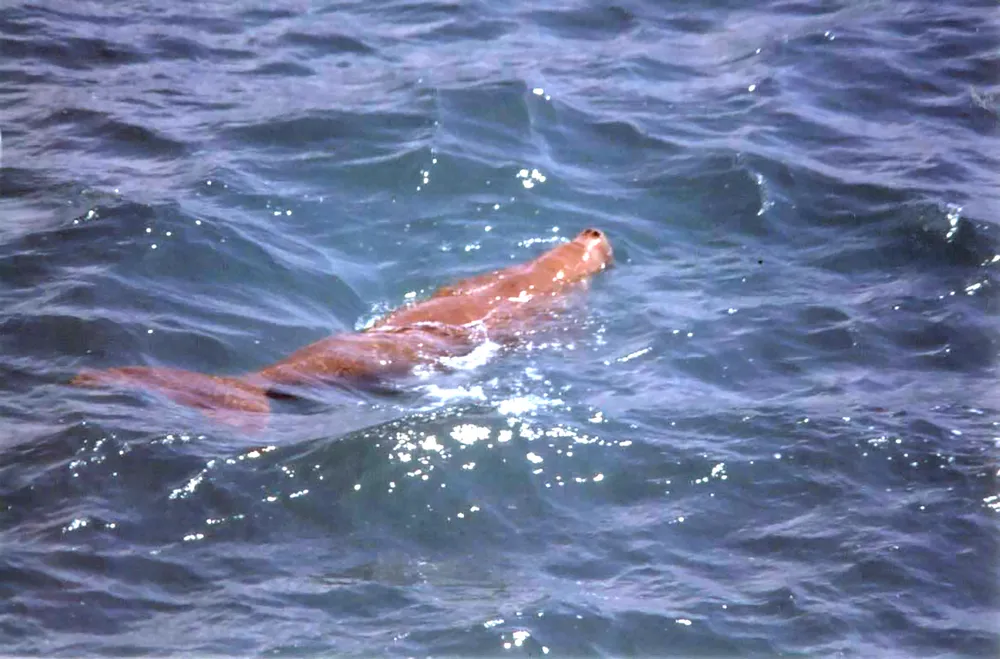
Con Dao sea area has about 400 hectares of seagrass - the main food source of dugongs. Con Dao is considered an ideal habitat for dugongs thanks to its rich seagrass ecosystem. Dugongs are an endangered and rare species, with only a small number remaining in Vietnam, mainly concentrated in Con Dao and Phu Quoc.
Con Dao consists of 14 islands, of which Con Son Island is the largest (about 13km 2 area) and 13 small islands scattered around. This place has many favorable conditions for seagrass species to grow, forming high-density grass carpets and wide distribution areas.
Dugongs are the only marine mammals that only eat seagrass. They can eat many different species of seagrass, especially those belonging to the genera Halophila , Halodule , Zostera , Enhalus , because they are low in fiber and high in protein. Dugongs are listed as Critically Endangered (CR) in the 2007 Vietnam Red Book.
Source: https://www.sggp.org.vn/nang-tien-ca-dugong-xuat-hien-tai-vung-bien-con-dao-post817082.html





![[Photo] Urgently help people soon have a place to live and stabilize their lives](/_next/image?url=https%3A%2F%2Fvphoto.vietnam.vn%2Fthumb%2F1200x675%2Fvietnam%2Fresource%2FIMAGE%2F2025%2F12%2F09%2F1765248230297_c-jpg.webp&w=3840&q=75)








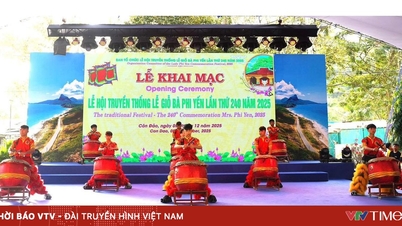

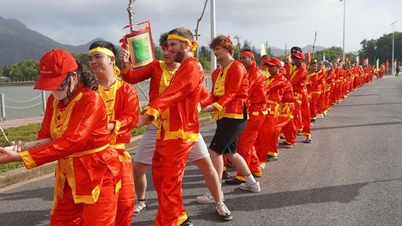



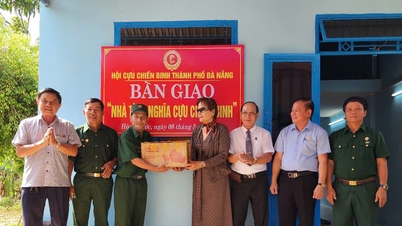





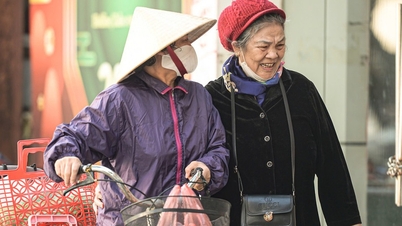






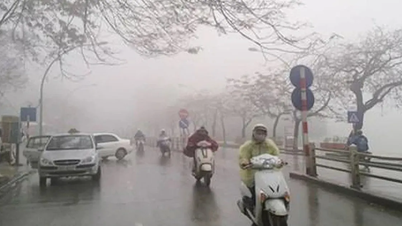


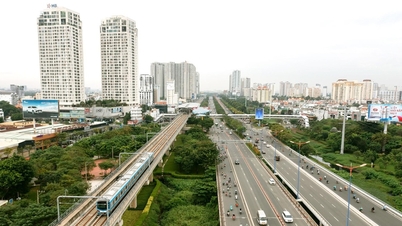

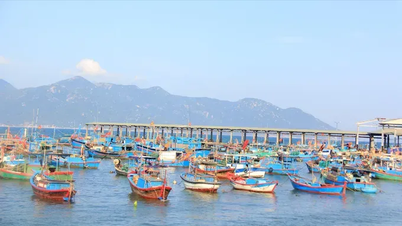




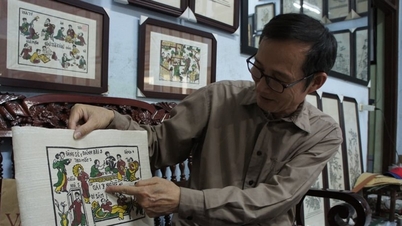



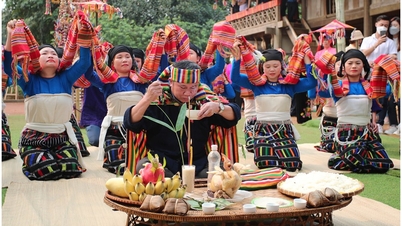







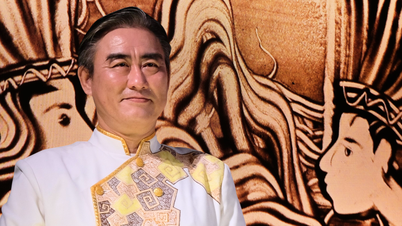










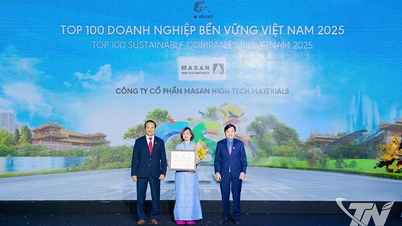













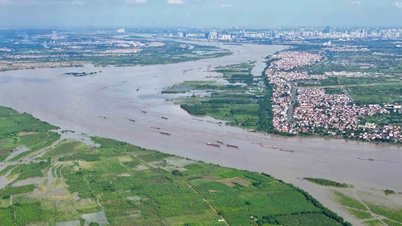









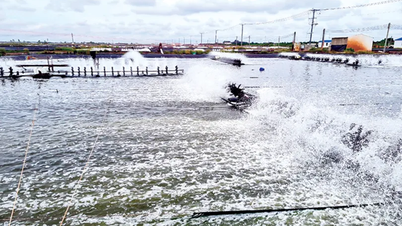

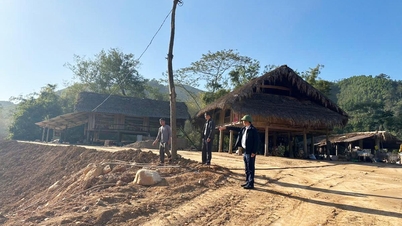
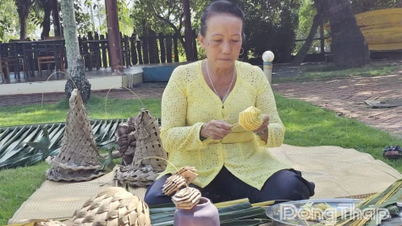










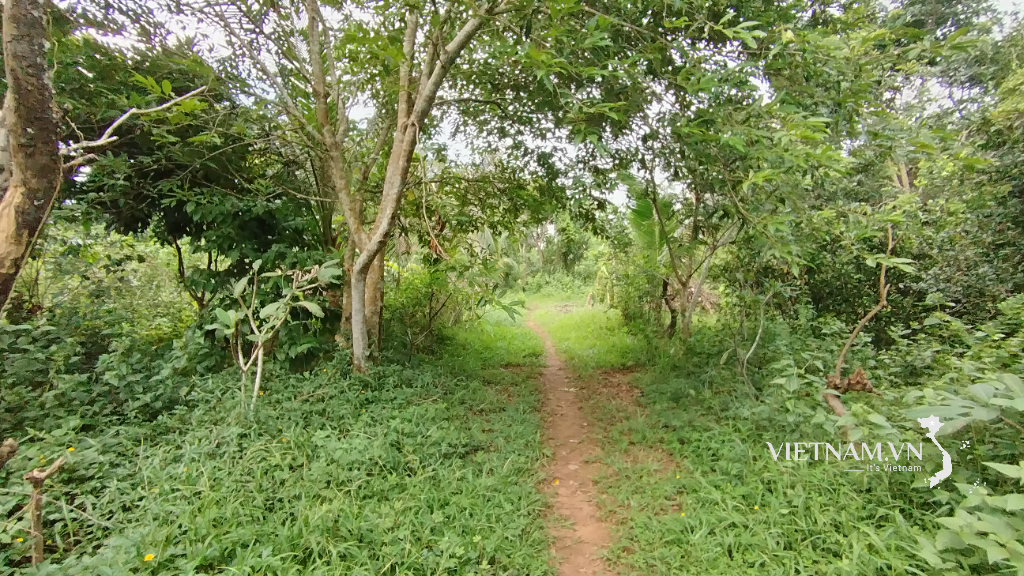







Comment (0)